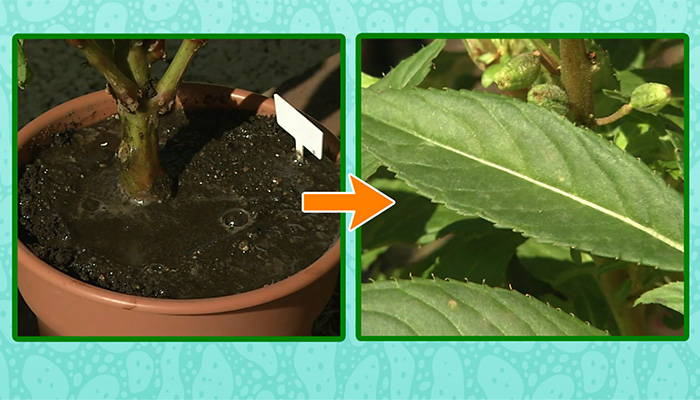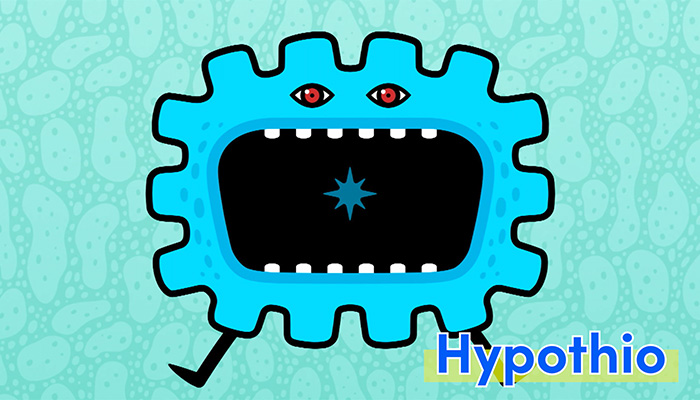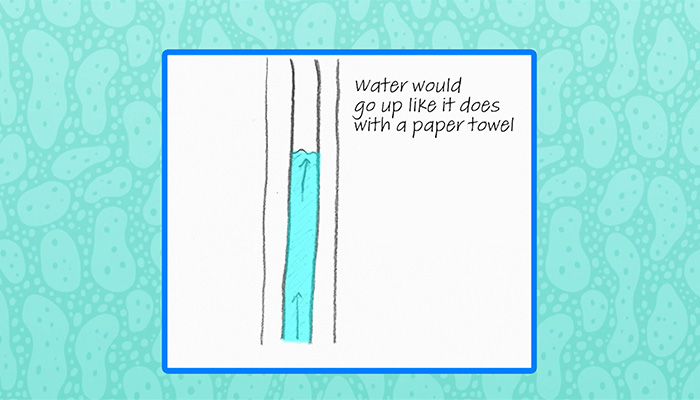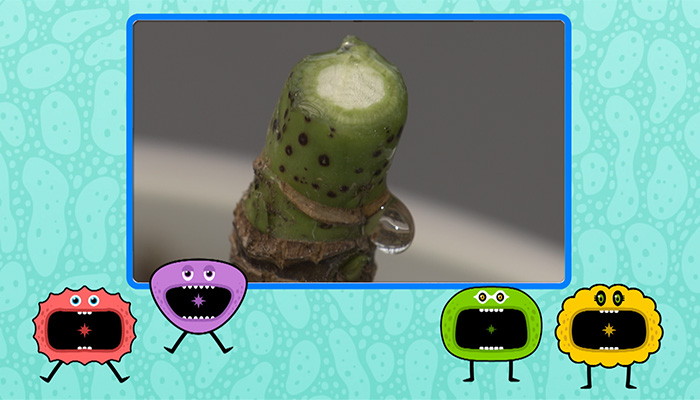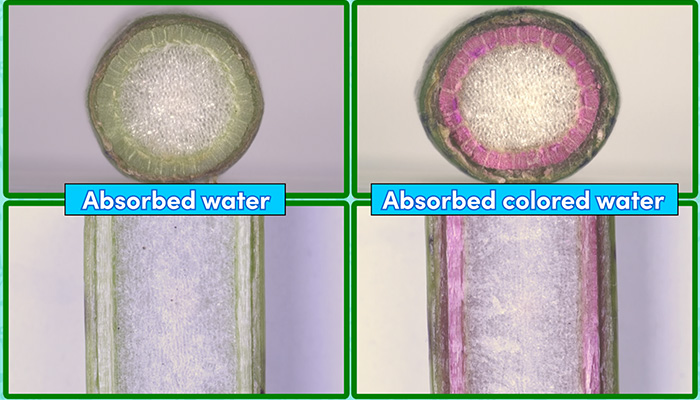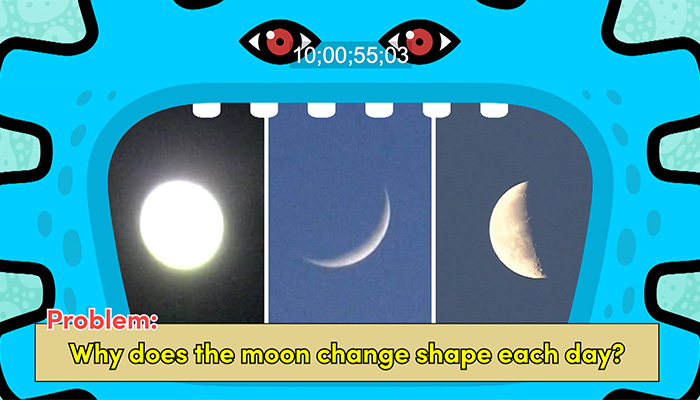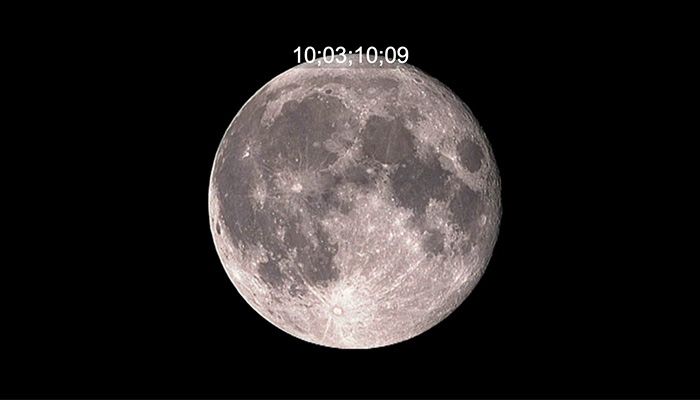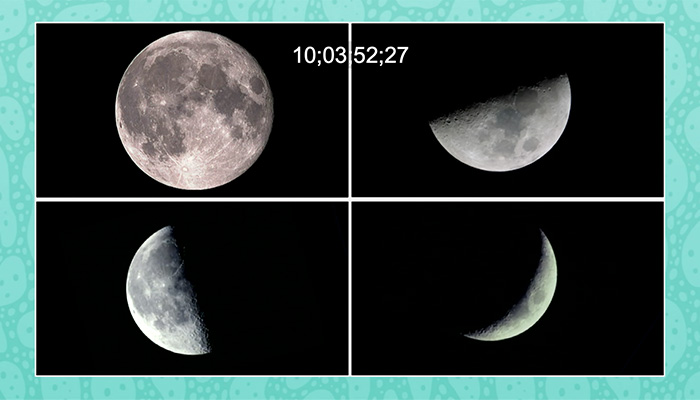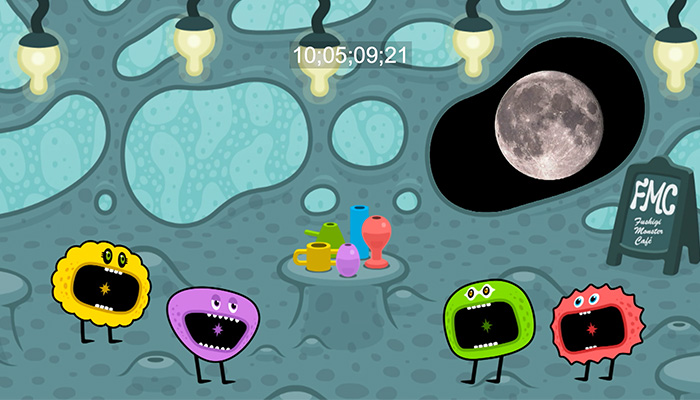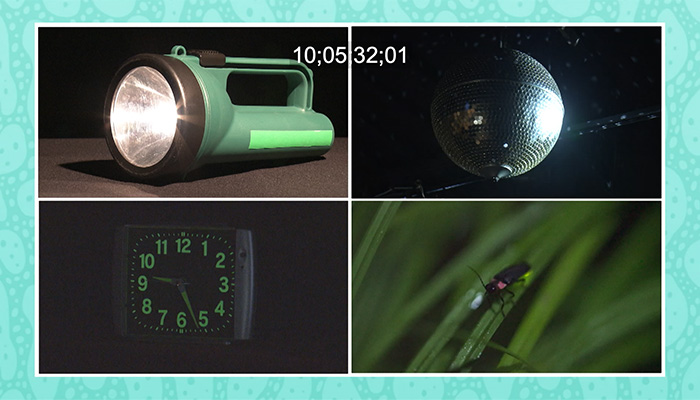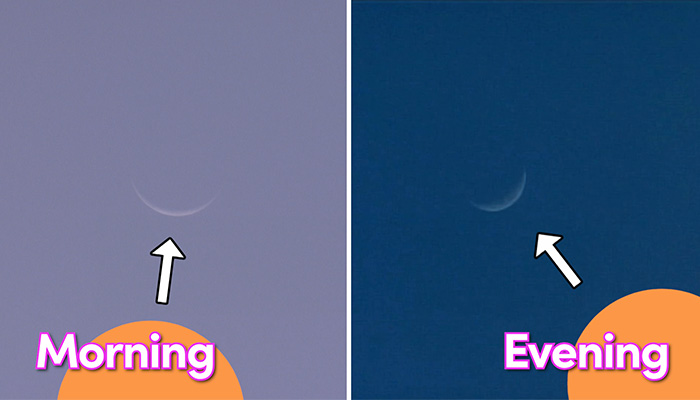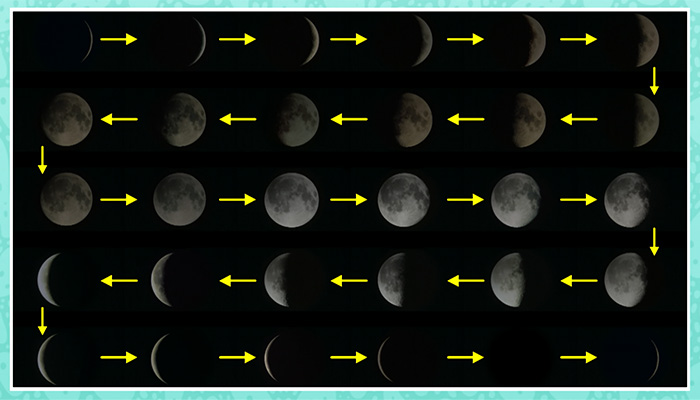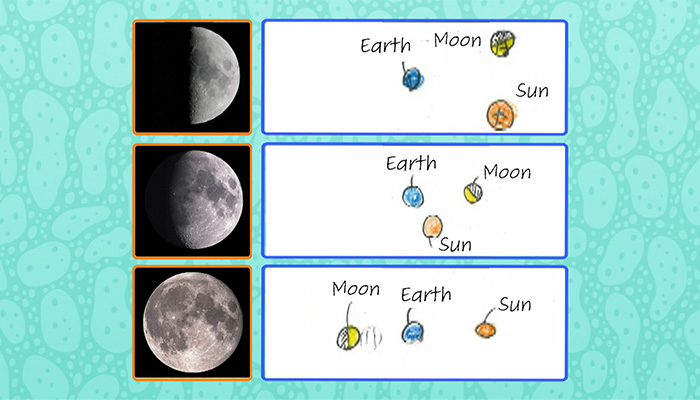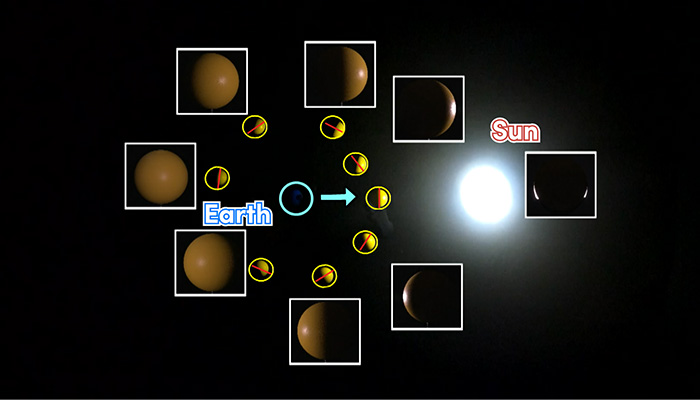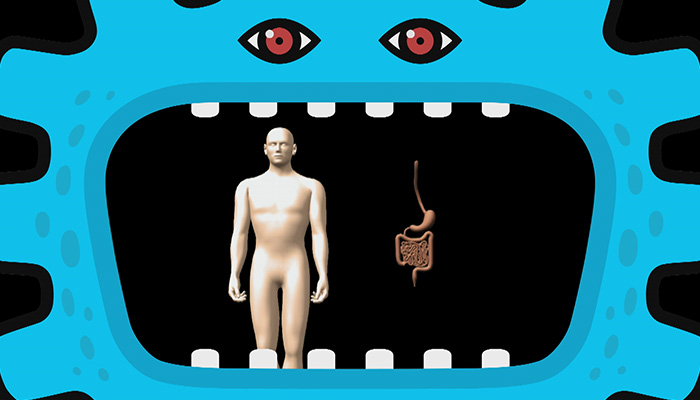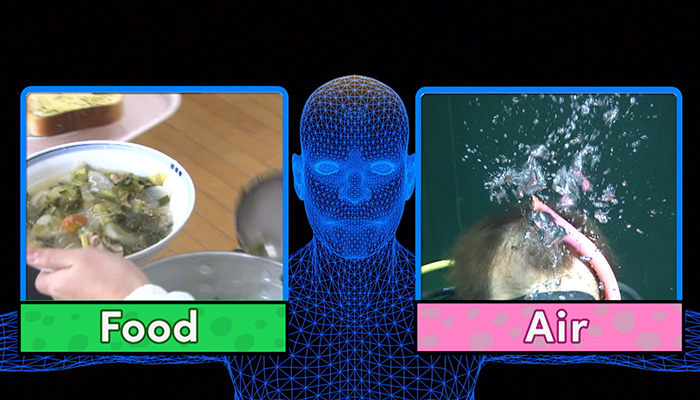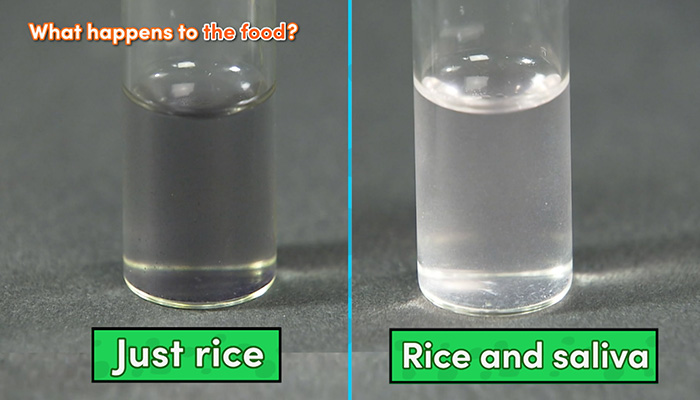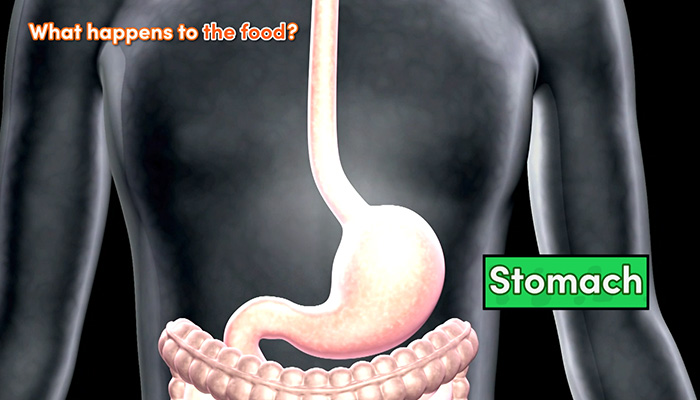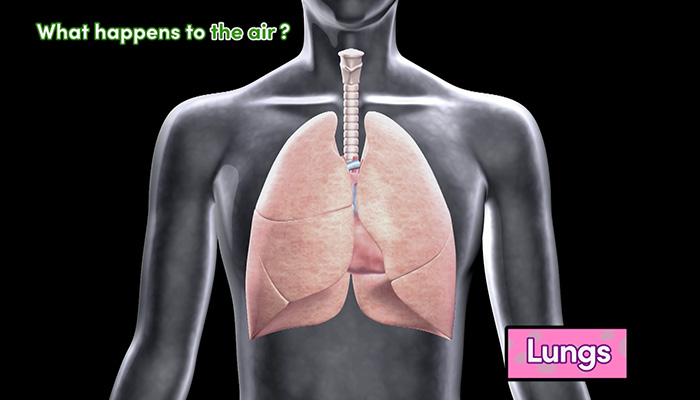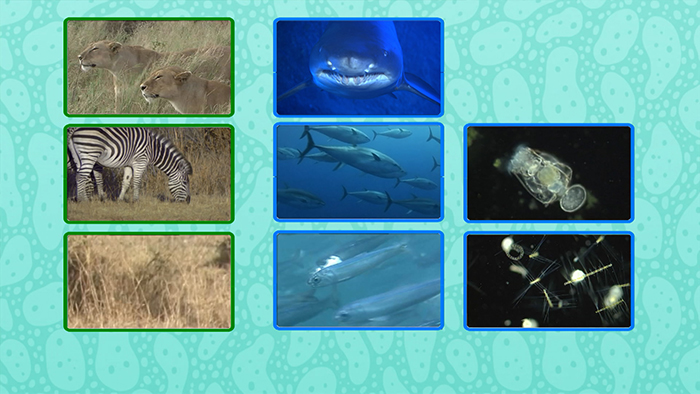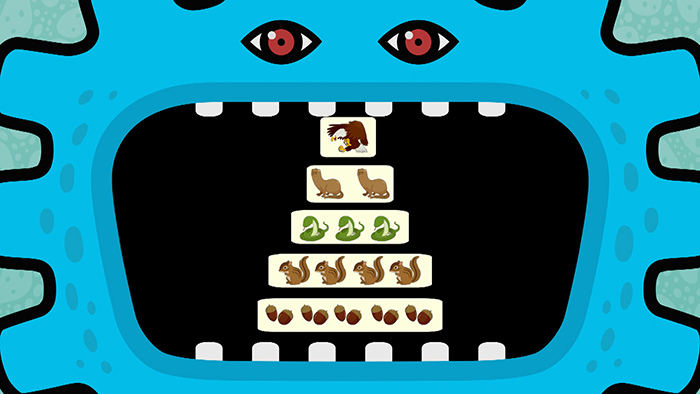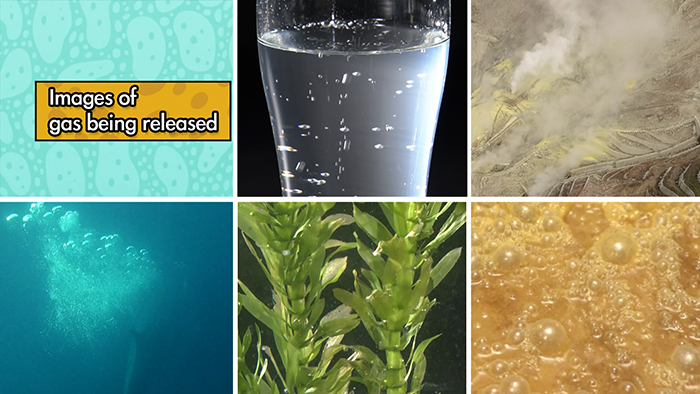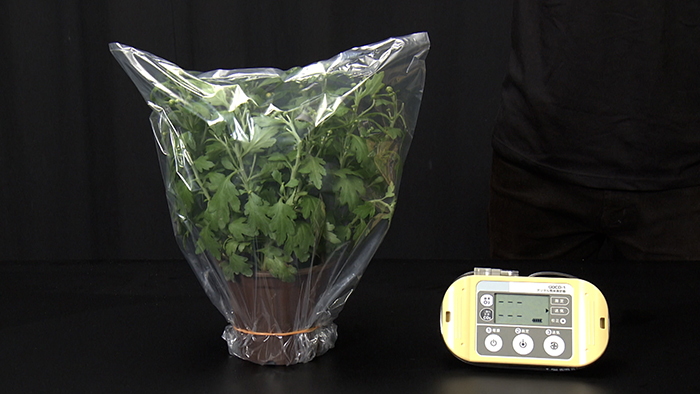- Home
- Program Catalog
- Education
- Science
- Endless Wonders 6th Grade
NEWEndless Wonders 6th Gradeふしぎエンドレス 理科6年
- 11 x 10 min.
- JAMCO LIBRARY
- English, M/E, HD
©NHK (Japan Broadcasting Corporation)
Endless Wonders is a science program for elementary schoolers. The "Wonder
Monsters" featured in the program will take children on a journey to discover and challenge the
wonders that can be found around them, through exciting footages and everyday references.
These episodes are mainly aimed for 6th graders. In each episode, the Wonder Monsters present a
particular everyday "wonder." From investigating the wonders around you, what can you say? How
much can you find out? The program encourages the children to give things a thorough thought. By looking
at the results of more than one experiment, they are taught the importance of looking at things from
different sides to reach a conclusion.
The discussions and sharing of ideas between the elementary schoolchildren who appear, serve as hints
for the viewer to start thinking science too.
1. How Does Water Reach the Leaves? / 水は葉にどう届く?
Does water go up the stem like it does in a straw? Does it soak in like it does in a sponge? To check this, we cut the stem and observe very closely. What can we tell from what we see? We take it a step further and add color to the water to see where the water is passing. What do the schoolchildren say?
2. Why Does the Moon Change Shape? / なぜ月の形がちがう?
Are there multiple moons? Is it emitting light, or is it changing where it’s emitting light? Is light being shed on it from elsewhere? A crescent moon, a half moon, a full moon... We’ll take a good look at all kinds of moons through a telescope, observe the details, and narrow down the possibilities. What’s the conclusion?
3. How Does the Moon Change Shape? / 月の形が変わるしくみは?
By looking at how the moon changes its shape and location in the sky every day, we predict that the positional relationship the moon has with the sun and earth has something to do with it all. We prepare a light that represents the sun and a ball that represents the moon to visualize the hypothesis. What’s the conclusion that we reach from the experiment?
4. What Happens When Things Burn? / 燃えると?
What happens to air when something is burned? The children use a lit candle and limewater to check what happens to each of the main gases that make up the air, namely nitrogen, oxygen, and carbon dioxide for clues to hypothesize on. Will the children in this episode be able to gain a reasonable understanding of the phenomenon? Tune in to find out!
5. Why Do Fires Go Out? / 火が消えるのは?
Why do fires go out? The children use limewater and a gas detector to check each of the main gases that make up the air, namely nitrogen, oxygen, and carbon dioxide for clues to hypothesize on. Join the children and the Wonder Monsters as they set out to find out more about this scientific wonder!
6. Where Does Starch Come From? -Planning the Experiment / でんぷんはどこから? ~実験計画編~
Starch is the nutrient plants thrive on. To learn where exactly starch can be found in a plant, children look at the root, stem, and leaves of a plant, and discover that starch is actually stored only in large amounts in the leaves. They hypothesize why that is the case, and then come up with ideas for an experiment that would enable them to examine whether their hypothesis is correct. What great ideas will the children come up with? Tune in to find out!
7. Where Does Starch Come From? -Observations / でんぷんはどこから? ~考察編~
Plants thrive on starch. The children conduct an experiment to test out their hypothesis that starch is produced when sunlight shines on the leaves. They then look at the results of the experiment and think further about the phenomenon. Join the children as they put on their thinking caps to come up with great ideas. And will they be able to reach a reasonable understanding of how plants produce starch? Tune in to find out!
8. The Structure of the Human Body -Ingestion and Respiration / 人の体のしくみ ~消化・呼吸編~
What happens to the food we eat and the air we breathe after we put them in our bodies? The episode includes footage that will make the viewers think about the bodily functions that allow us to take in nutrients and oxygen, both of which are essential for our survival. Will the children in this episode be able to gain a reasonable understanding of the phenomenon? Tune in to find out!
9. The Structure of the Human Body -Observations / 人の体のしくみ ~考察編~
How do oxygen and nutrients spread throughout the body once they are taken in? The episode includes footage that shows how the oxygen absorbed by the lungs and the nutrients absorbed by the small intestine spread throughout the body, and it will make the viewers think about those bodily functions. The body is something we are all familiar with, but it’s just full of amazing scientific wonders. Join the children as they think about what’s going on inside!
10. How Are Living Things Connected? / 生き物どうしのつながりは?
In this episode, we look into connections between living things. First, the children study what connections there are between the living things around us, using the “eat and be eaten” relationship in grasslands and the sea as clues. The children then consider cases where some creatures become extinct. We look at how to germinate a seed. What does it take to germinate a seed?
11. Why Doesn't Oxygen Run Out? / なぜ酸素はなくならない?
Why doesn't oxygen disappear from the Earth’s air? The children hypothesize its relationship to plants, based on various situations in which gas is released. Results from experiments conducted to confirm this tell us when oxygen is produced. What will the children discuss as they search for answers?

